Two identical loudspeakers are located at points A & B, 2 m apart. The loudspecakers are driven by the same amplifier. A small detector is moved out from B along a line perpendicular to the line connecting A & B. Taking speed of sound in air as 332m/s. Find the frequency below which there will be no position along the line BC at which destructive interference occurs.
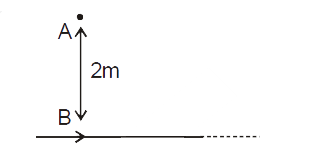
83 Hz
Topper's Solved these Questions
- SOUND WAVESBOOK - MOTIONCHAPTER - SOUND WAVESEXERCISE - EXERCISE - 3 ( LEVEL I SECTION C)
4 Videos
- SOUND WAVESBOOK - MOTIONCHAPTER - SOUND WAVESEXERCISE - EXERCISE - 3 ( LEVEL I SECTION D)
6 Videos
- SOUND WAVESBOOK - MOTIONCHAPTER - SOUND WAVESEXERCISE - EXERCISE - 3 ( LEVEL I SECTION A)
6 Videos
- SIMPLE HARONIC MOTION BOOK - MOTIONCHAPTER - SIMPLE HARONIC MOTION EXERCISE - EXERCISE -4 (Leve-II) [ JEE 2011]
11 Videos
- SURFACE TENSIONBOOK - MOTIONCHAPTER - SURFACE TENSIONEXERCISE - Exercise - 3 | Section - B Previous Year Problems | AIEEE
12 Videos
Similar Questions
Two identical loudspeakers are located at point A & B,2m apart. The loudspeakers are driven by the same amplifier (coherent and are in phase). A small detector is moved out from point B along a line frequency below which there will be no position
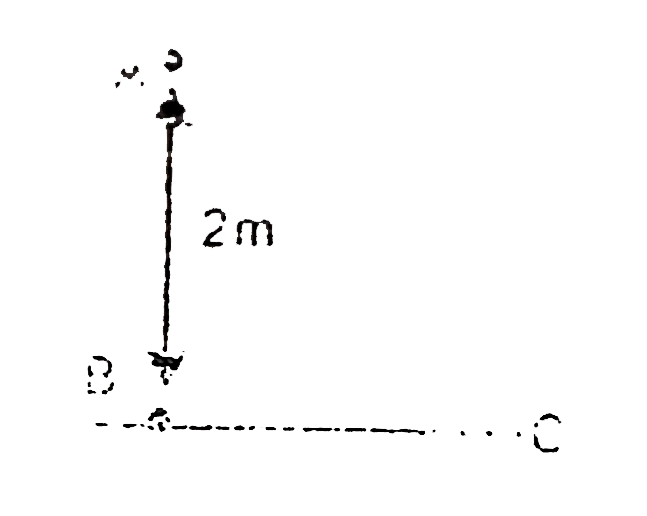
View SolutionTwo radius antennas radiating wave in phase are located at point A and B ,200m part(figure) The radio waves have a frequency of 6MHz.A radio receiver in moved out form pointB along a line perpendicular to the line connecting A and B(lineBC shown in figure)at time distances from B will there be destructive interference?
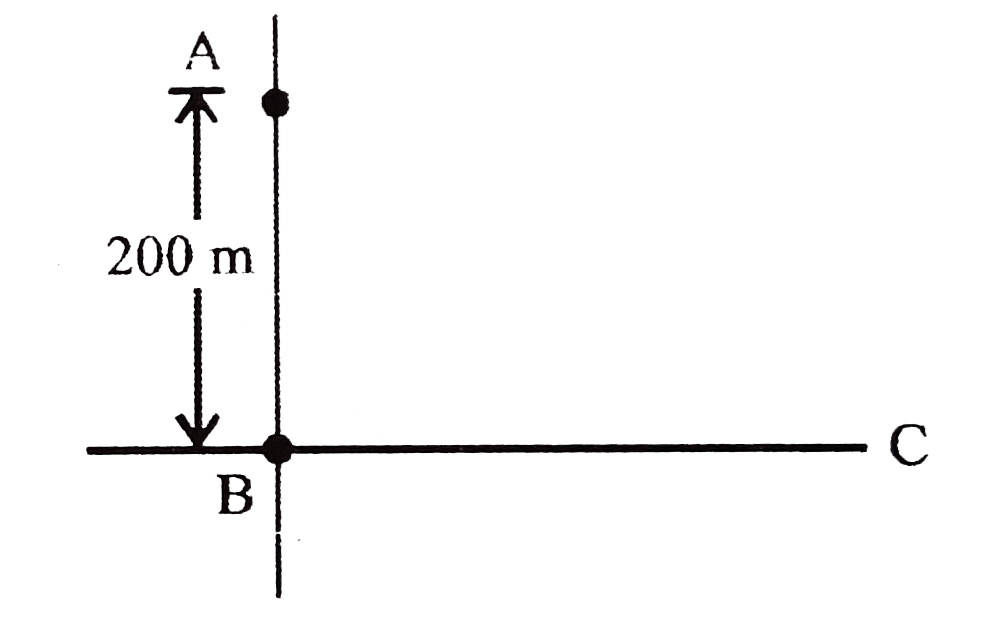
View Solution
Knowledge Check
Two radio transmitters radiating in phase are located at point A and B, 250 m apart. The ratio wave have frequency of 3MHz. A radio receiver is moved out from point B along a line BC (perpendicular to AB). The distance from B beyond which the detector does not detect any minima si :
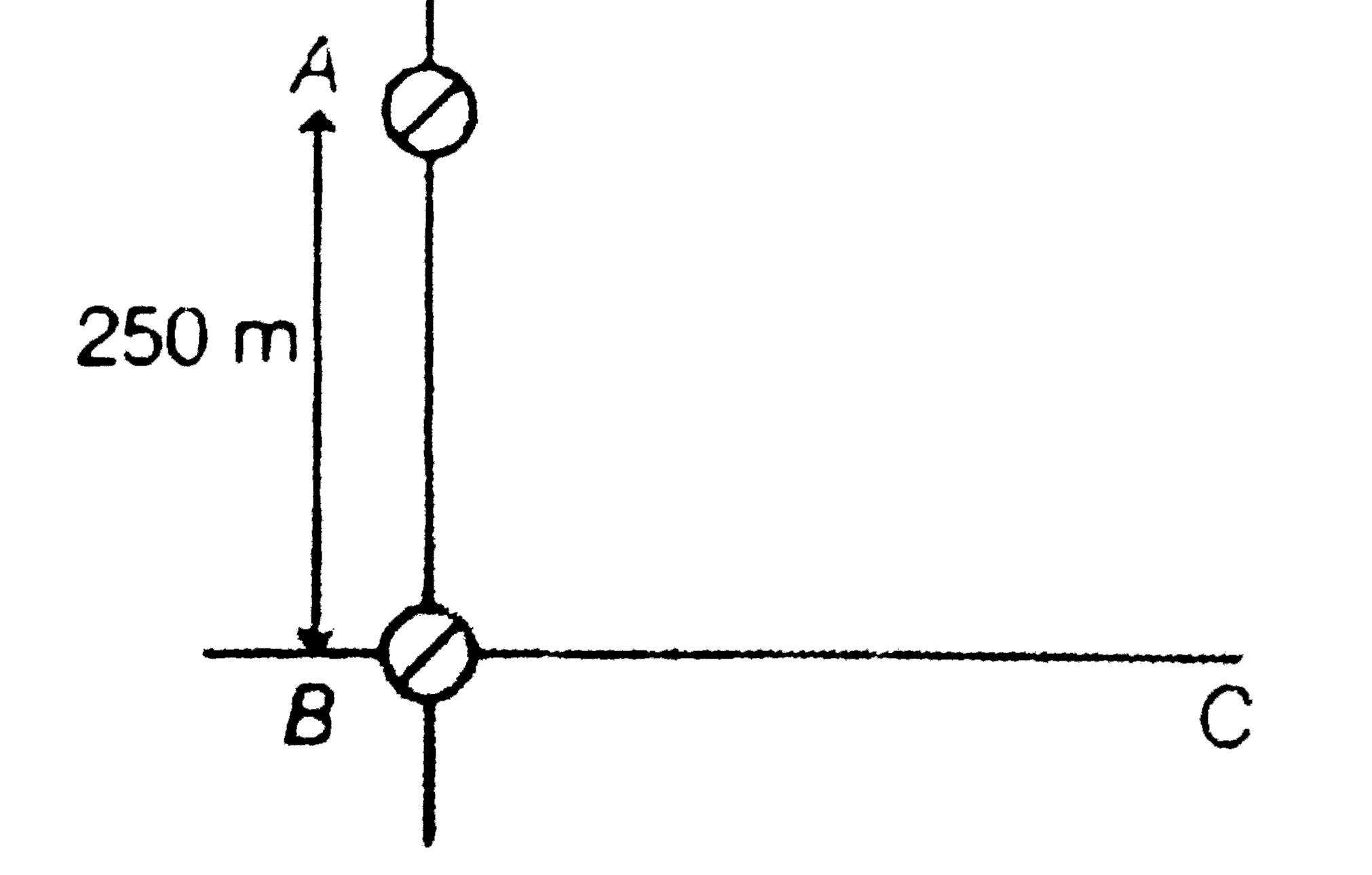 A200 mB400 mC600 mD500 m
A200 mB400 mC600 mD500 mTwo sound waves each of frequency 500Hz are travelling along the same line in opposite direction . If the speed of sound in air is 350 m/s. find the distance between the consecutive antinodes of the resulting stationary wave.
A0.15mB0.25mC0.35mD0.45mTwo sound waves, originating from the same sound source travel along different paths in air and than meet at a point . The speed of the sound is 330m/s . If the source vibrates at a frequency of 500 Hz and one path is 33 cm longer than the other, then the nature of interference is -
ADestructiveBConstructiveCNeither destructive nor constructiveDNothing can be predicted
Two audio speakers are kept some distance apart and are driven by the same amplifier system. A person is sitting at a place 6.0 m from one of the speakers and 6.4 m from the other. If the sound signal is continuously varied from 500 Hz to 5000 Hz, what are the frequencies for which there is a destructive interference at the place of the listener? Speed of sound in air=320ms−1
View SolutionTwo identical loudspeakers placed 3.00m apart are driven by the same oscillator as shown in Fig. 7.12. A listener is originally at point O , located 8.00m from the centre of the line connecting the two speakers. The listener then moves to point P, which is a perpendicular distance 0.350m from O , and she experiences the first minimum sound intensity . What is the frequency of the oscillator ?

View SolutionTwo sound sources S1 and S2 emit pure sinussoidal waves in phase . If the speed of sound is 350m/s , then
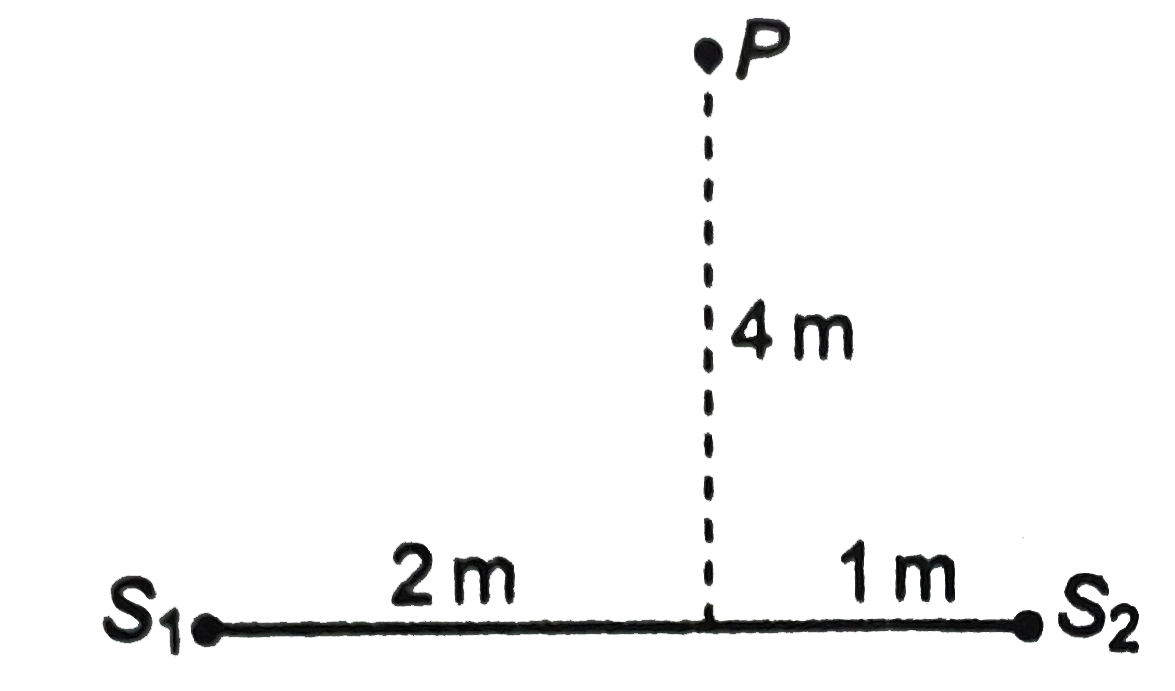
(a) for what frequencies does constructive interference occur at point P ?
(b) for what frequencies does destructive interference occur at point P ?
View SolutionTwo fixed, equal, positive charges, each of magnitude 5×10−5 coul are located at points A and B separated by a distance of 6m. An equal and opposite charge moves towards them along the line COD, the perpendicular bisector of the line AB.
The moving charge, when it reaches the point C at a distance of 4m from O, has a kinetic energy of 4 joules. Calculate the distance of the farthest point D which the negative charge will reach before returning towards C.
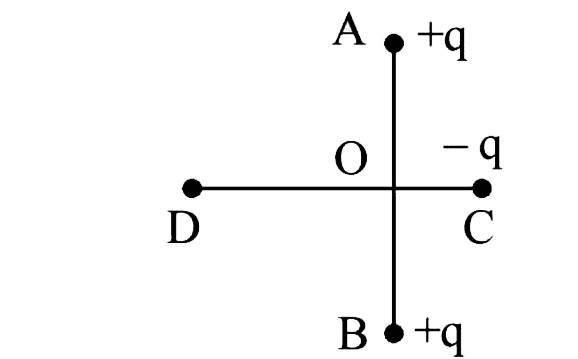
View Solution
A source of sound and detector are arranged as shown in Fig. The detector is moving along a circle with constant angular speed ω. It start from the shown location in anticlockwise direction at t=0
(Take velocity of sound in air as v)
Q. Find the time at which the detector will hear the maximum frequency for the first time.
View Solution
